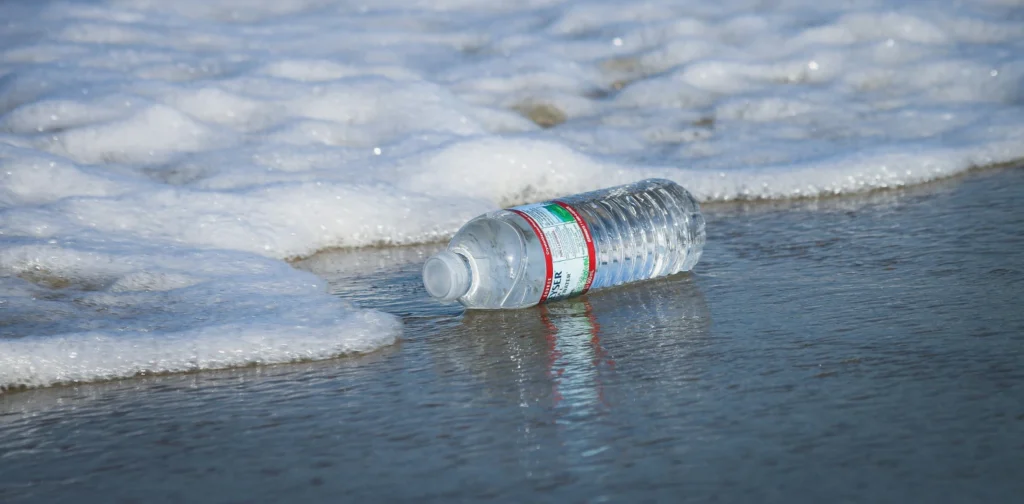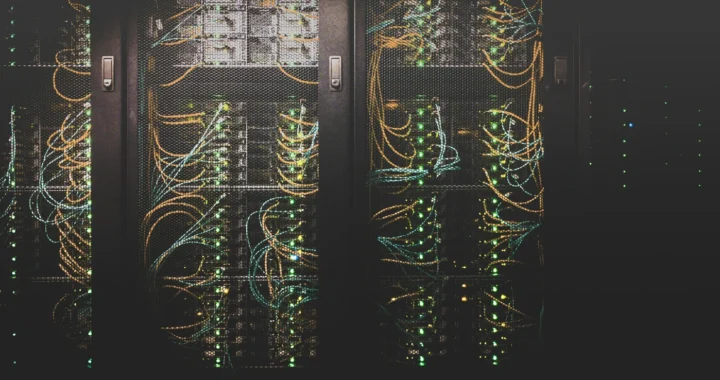Looking into Desalination to Tackle the Growing Water Crisis in MENA and Beyond

Photo: Brian Yurasits on Unsplash.
How can we be in a “water crisis” if the Earth is made up of 71% water? Much of that is seawater, which is not something we can use directly for our various needs. In this light, desalination, the conversion of seawater into fresh water, is a leading solution to this crisis. It is not without its drawbacks, but innovations emerge to make the process more sustainable in all aspects. As the most water-stressed region in the world, the MENA (Middle East and North Africa), in particular, is making significant progress in desalination technology.
Growing Demand for Fresh Water
Over 2 billion people have no clean drinking water, and almost half of the world’s population lack access to proper sanitation. This water scarcity impacts more than just our thirst and cleanliness. It also poses threats to electricity, food security, global health, and ecosystems. Moreover, water crisis first and foremost impacts vulnerable groups, highlighting and exacerbating inequalities.
Urban expansion, rising populations, human activities, and climate change are polluting and drying up our limited freshwater sources. Without interventions, the global water crisis will just keep getting worse. Therefore, we must race to innovate and build the necessary infrastructure that can provide for the growing demand.
Desalination Projects in MENA
Desalination is the process of separating the salt from seawater to produce drinking water. Currently, it is becoming increasingly popular as an option for governments desperate to supply their citizens.
There are two common methods used for this process. Multistage flash involves heating seawater and putting it through numerous stages of pressures to evaporate the water. Meanwhile, reverse osmosis utilizes high pressure to force seawater through a filter to separate the salt content. Both methods produce fresh water and a residue of salty brine.
At present, the MENA region leads the way in pushing this industry forward due to their naturally dry climates and limited freshwater sources. This region experiences extreme water scarcity, with sixteen of its countries ranking at the top of the world’s most water-stressed nations.
Notable progress comes from the Gulf countries, with Saudi Arabia holding the largest desalination plants in the world and UAE, Oman, and Kuwait set to double their production of desalinated water by 2030. Large-scale desalination projects are also underway in Algeria, Egypt, and Morocco.
Financial and Environmental Costs
However, desalination comes with financial and environmental costs. Beside the cost of building desalination plants, the electricity and general energy consumption needed to keep them operating is very high. With fossil fuel resources in many of the countries in the MENA region, they may be able to keep desalination cheap. But this means the more they rely on this technology, the greater the electricity use and the higher the greenhouse gas (GHG) emissions. Furthermore, the high costs make this technology difficult for widespread adaptability.
At the same time, there are significant ecological risks. During the seawater intake process, marine life could be captured and killed. Additionally, the brine residue gets pumped back into oceans or other ecosystems, resulting in damage to natural habitats.
A Cleaner Solution to the Water Crisis
In response, many organizations and governments are working to innovate and bring desalination into the realm of sustainability. Saudi Arabia, for instance, is investing in sustainable technologies and pushing the private sector to develop new ideas.
Across the region and beyond, numerous projects have emerged. Some involve using waves, solar, and geothermal energy to power the desalination process. A unique plan utilizes heat waste from regenerative data centers to desalinate seawater. In other projects, the use of Artificial Intelligence is helping to better the efficient maintenance and performance of plant operations.
Ultimately, investing in research and development to make desalination sustainable is crucial. For that, we need to pursue cross-border, cross-sectoral, public-private collaborations. After all, tackling the global water crisis must go hand-in-hand with safeguarding everything involved in the process, from the natural world to the technology, the waste, and the labor.
Editor: Nazalea Kusuma

Join Green Network Asia Membership
If you find this content useful, support Green Network Asia’s movement to create positive impact for people and the planet through public education and multi-stakeholder advocacy on sustainability-related issues and sustainable development. Get exclusive benefits for personal and professional development as well as for organizational capacity development.
Become a Member Now

 Understanding the Dark Side of Artificial Intelligence
Understanding the Dark Side of Artificial Intelligence  Attempting Data Center Circularity Through Waste Heat Recovery
Attempting Data Center Circularity Through Waste Heat Recovery  Indigenous Knowledge and Art as Integral Instruments for Disaster Risk Reduction
Indigenous Knowledge and Art as Integral Instruments for Disaster Risk Reduction  Strengthening Societal Resilience in the Age of Disruptions
Strengthening Societal Resilience in the Age of Disruptions  Building Strategic Approach to Support Urban Health for All
Building Strategic Approach to Support Urban Health for All  Understanding and Addressing Multiple Dimensions of Child Deprivation
Understanding and Addressing Multiple Dimensions of Child Deprivation